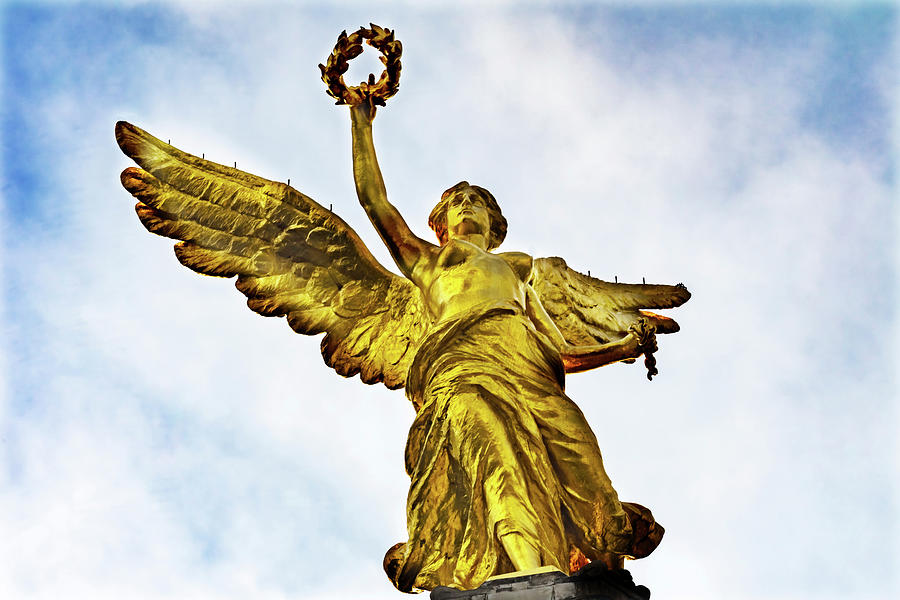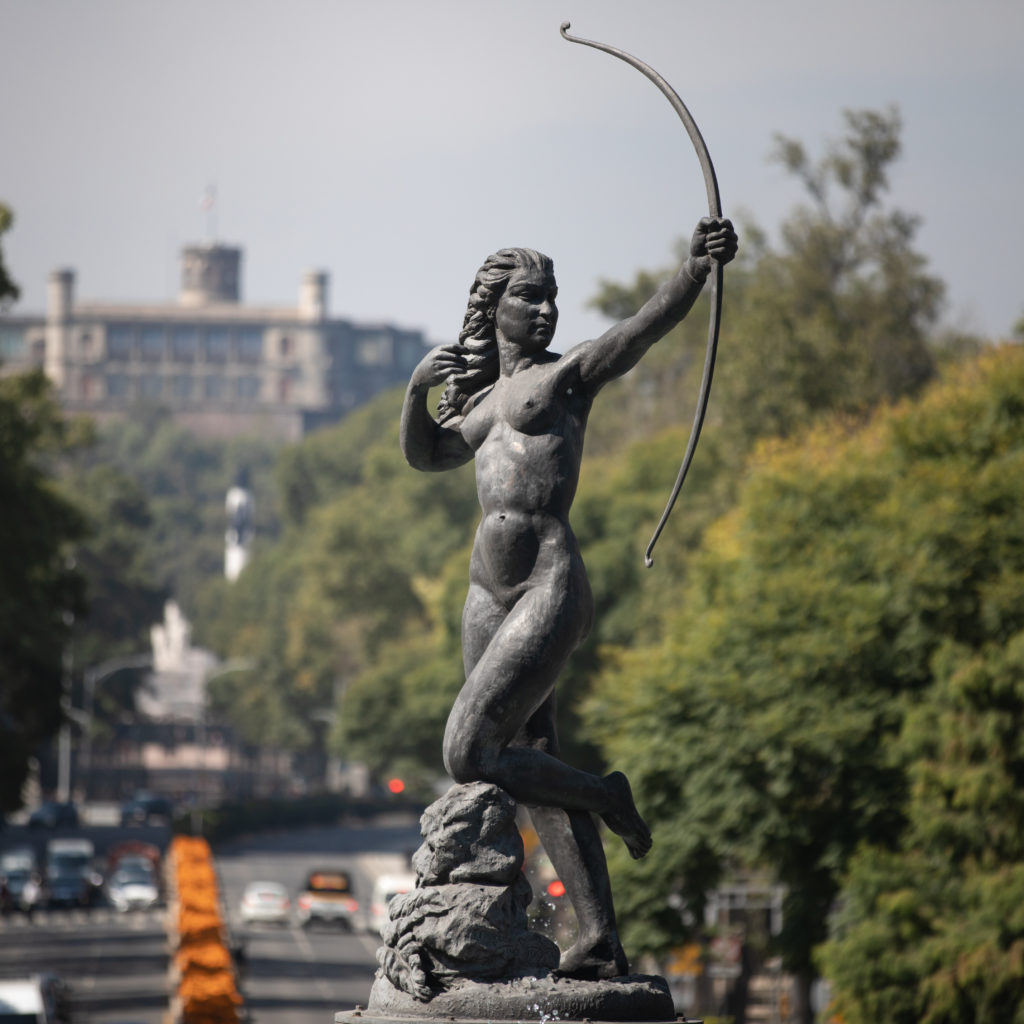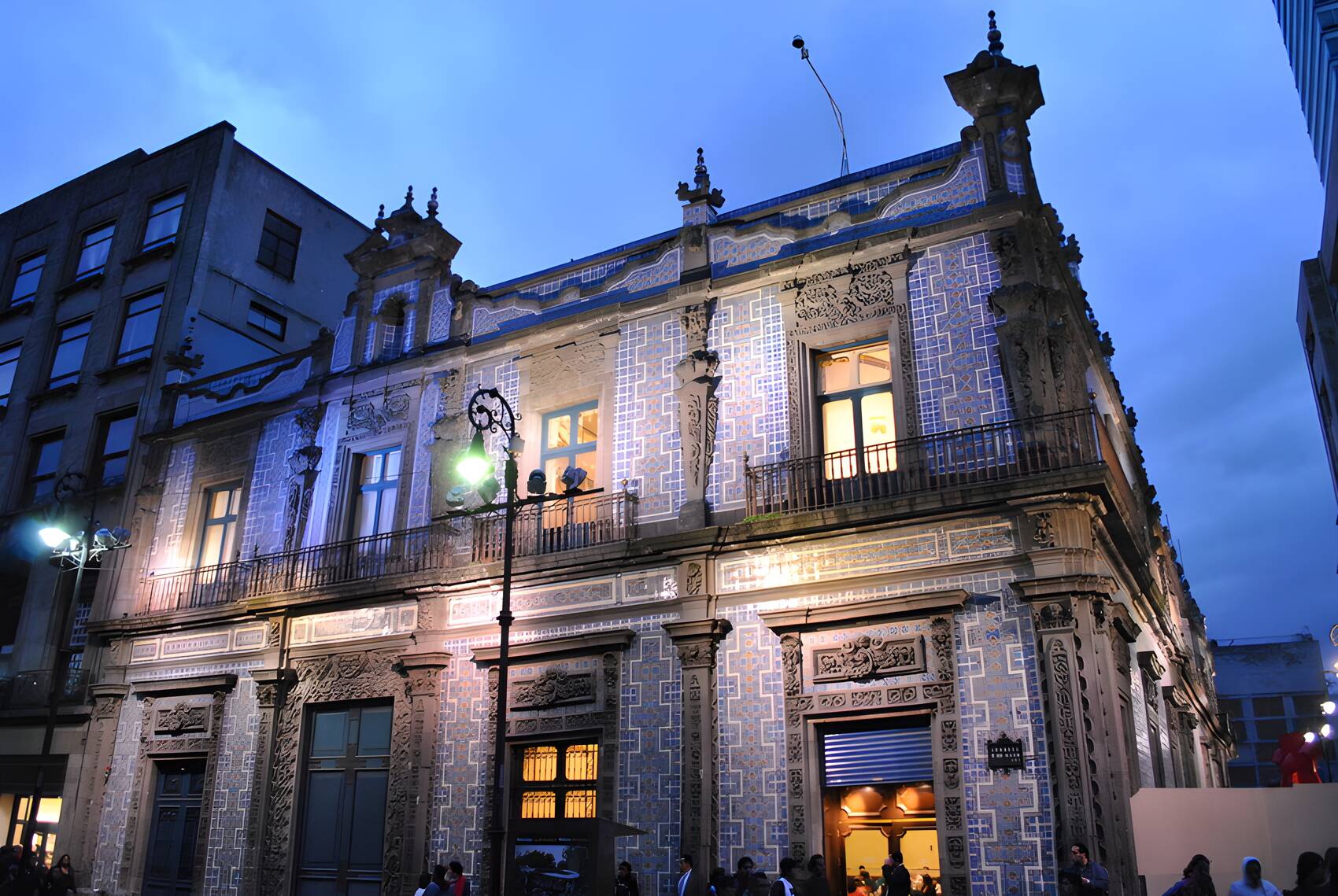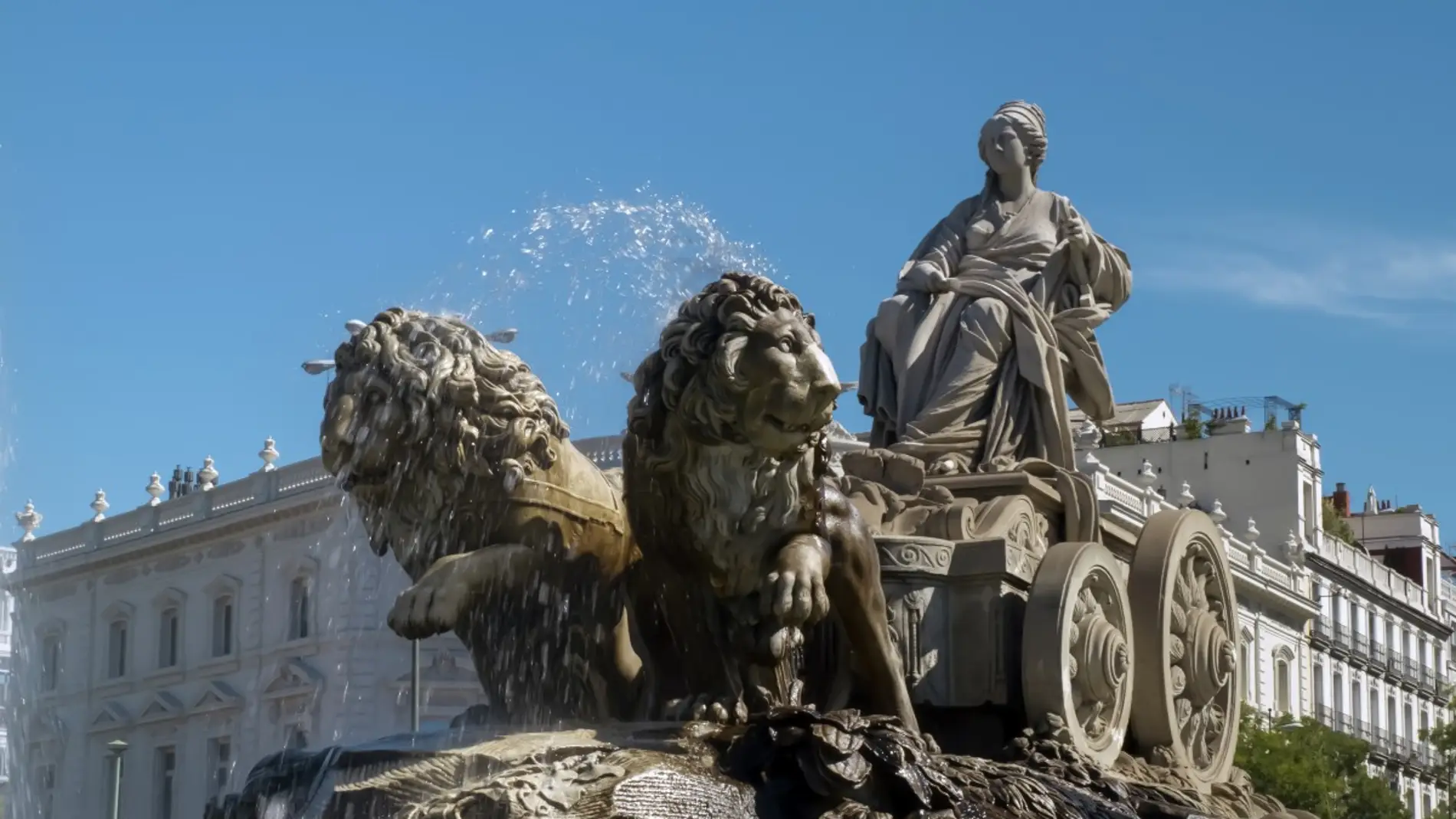Nestled in the heart of Mexico City, Colonia Juárez is a vibrant neighborhood that exudes a unique blend of history, culture, and modernity. This eclectic district, named after President Benito Juárez, holds a significant place in the city’s narrative, with its tree-lined streets and historic landmarks offering a glimpse into the rich tapestry of Mexico’s past and present.
Colonia Juárez: historical significance
Colonia Juárez’s history dates back to the late 19th century when it was established as one of the city’s first planned neighborhoods. During the Porfiriato, the long rule of President Porfirio Díaz, the area experienced rapid urban development and a surge in architectural projects. Many of the buildings erected during this period still stand today, showcasing a range of architectural styles, from French neoclassical to Art Nouveau.
Paseo de la Reforma: the heart of the neighborhood
At the heart of Colonia Juárez lies the iconic Paseo de la Reforma, a grand avenue that serves as the neighborhood’s main artery. This avenue, designed during the Second Mexican Empire, connects the city’s historic center with Chapultepec Park, passing through Colonia Juárez along the way. Paseo de la Reforma is home to numerous landmarks and cultural attractions, making it a must-visit for locals and tourists alike.
The Angel of Independence (El Ángel)
Perhaps the most famous landmark along Paseo de la Reforma is the Angel of Independence, or “El Ángel,” as it is fondly known. This majestic monument, completed in 1910 to commemorate the centennial of Mexican independence, stands tall as a symbol of the nation’s freedom and progress. Its golden statue of the Winged Victory crowns a column adorned with intricate reliefs depicting key events from Mexico’s history.

Diana the Huntress Fountain
Located at the roundabout of Paseo de la Reforma and Avenida de los Insurgentes, the Diana the Huntress Fountain is a stunning Art Deco masterpiece. The fountain depicts Diana, the Roman goddess of the hunt, standing tall on a pedestal surrounded by deer. It is a popular gathering spot and a favorite among photographers capturing the essence of the neighborhood.

Casa de los Azulejos (House of Tiles)
While not directly in Colonia Juárez, Casa de los Azulejos is a short walk away and worth a mention. This historic palace, located on Calle Madero, features a façade covered in beautiful blue and white tiles, a characteristic that lends the building its name. Once home to a prominent family, it now houses a popular restaurant where visitors can enjoy delicious Mexican cuisine in a stunningly elegant setting.

Glorieta de las Cibeles
Another highlight of Colonia Juárez is the Glorieta de las Cibeles, a picturesque square adorned with a fountain featuring the Roman goddess Ceres, the goddess of agriculture and fertility, drawn by lions. This fountain was a gift from Spain to Mexico in 1980, symbolizing the close ties between the two nations.

Colonia Juárez: gastronomic delights
Colonia Juárez is a gastronomic haven, offering a diverse array of dining options for food enthusiasts. From traditional Mexican cuisine to international flavors, the neighborhood’s restaurants cater to all tastes and preferences. Foodies can indulge in everything from delicious street tacos to high-end gourmet experiences, making Colonia Juárez a true culinary destination.
Colonia Juárez: modern revival
In recent years, Colonia Juárez has experienced a vibrant revival, attracting creative professionals, artists, and entrepreneurs. The neighborhood’s dynamic atmosphere is evident in its boutique hotels, art galleries, and co-working spaces. This resurgence has injected new life into the area, breathing fresh energy into its streets and fostering a sense of community among its residents.
Colonia Juárez stands as a testament to Mexico City’s enduring spirit, where history and modernity intertwine effortlessly. With its architectural treasures, cultural landmarks, and culinary delights, this neighborhood invites visitors to immerse themselves in the essence of Mexico’s past and present. Whether strolling along Paseo de la Reforma or savoring delectable street food, a journey through Colonia Juárez promises to be a captivating exploration of Mexico’s rich and diverse heritage.
Let’s see what Vagabrothers have to say about Colonia Juárez:
